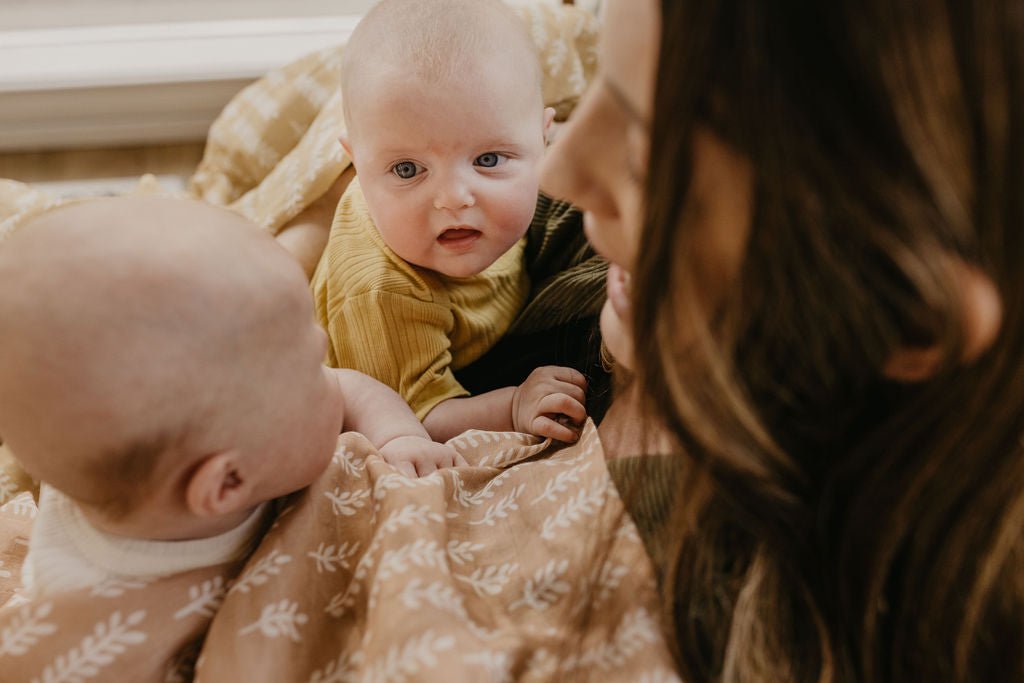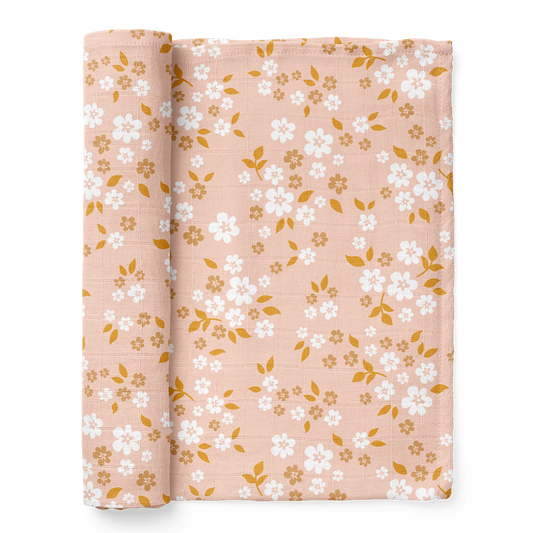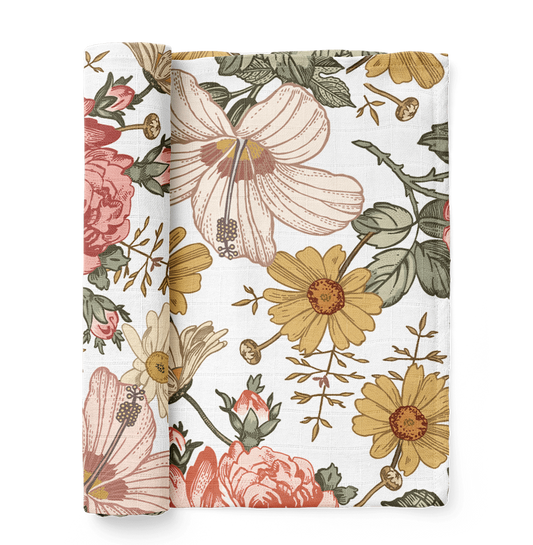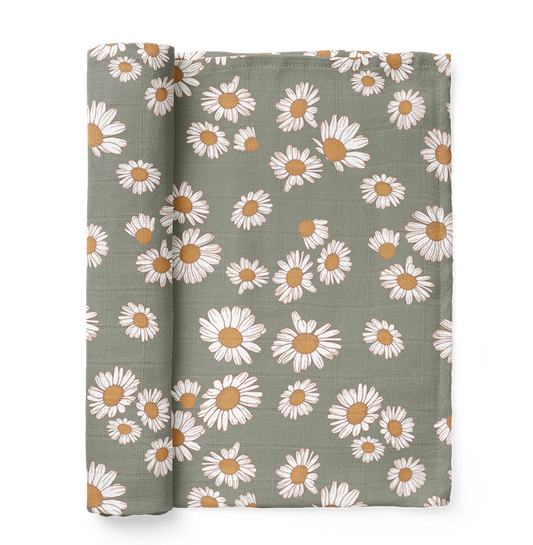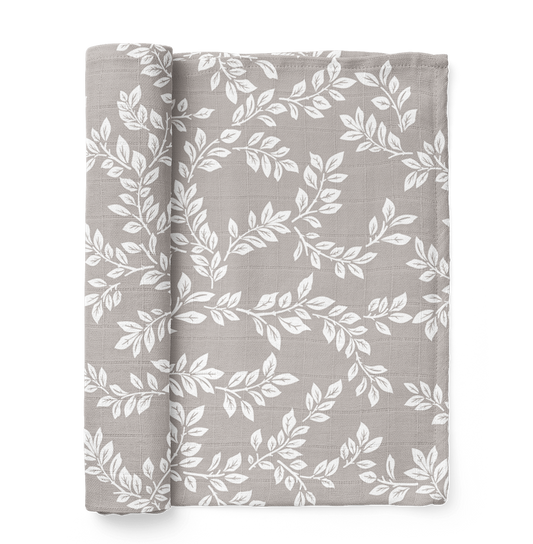Congratulations on the arrival of your new baby! It must be exciting to have a new best friend to share your days with. At this age, your newborn baby may not be very active yet but soon they will be reaching a number of milestones, such as being able to lift their head while on their stomach, making cooing noises, and possibly even smiling. As your baby grows and develops, it's important to provide them with a variety of stimulating and engaging activities. We will talk about what milestone your baby might be reaching and provide a list of 10 activities you can do with your to support your baby's development.
0-3 month baby milestones
You might be wondering what your little one is capable of at the 0-3 month mark. At this stage, your newborn baby is still new to the world, but they are already starting to reach some exciting milestones. From focusing on faces and patterns, to lifting their head and grasping objects, your baby is quickly learning and discovering new things. And, as they begin to make cooing and gurgling noises, they're also starting to develop their communication skills. Taking care of your baby includes keeping track of these milestones. This period is not just about daytime milestones; it's also a time when your baby is establishing a bedtime routine, finding comfort in familiar activities before settling down for a restful night's sleep. Join us as we explore the many milestones your baby will reach in their first few months of life.
1 month old baby milestones
At one month old, your baby is no longer a newborn! Your infant may be able to:
- Lift their head briefly while lying on their stomach
- Turn their head towards a stimulus, such as a bright toy or a loud noise
- Make cooing noises and other vowel sounds
- Focus their eyes on a face or an object that is about 8-12 inches away from them
- Grasp an object that is placed in their hand
2 months old baby milestones
At two months old, babies may be able to:
- Lift their head and chest while lying on their stomach
- Follow an object with their eyes from side to side
- Reach for and grasp an object that is placed in their hand
- Bring their hands to their mouth
- Make cooing noises and other vowel sounds, and possibly even laugh out loud
- Show interest in looking at their own hands and feet
3 months old baby milestones
A 3 month old baby may be able to:
- Lift their head and chest up while lying on their stomach and stretch their legs out
- Reach for and grasp an object with their fingers
- Bring their hands to their mouth and start to mouth objects
- Make cooing noises, babbling sounds, and possibly even say their first "mama" or "dada"
- Follow an object with their eyes from side to side and up and down
- Smile at people and possibly even laugh out loud
- Show interest in looking at themselves in a mirror
0-3 month baby activities
Now that you are aware of the various developments your baby might be working on at the 0-3 month mark, it's important to remember that the best way to support them is through play and interaction. Keep in mind as you are putting your babies in different positions, they might spit up because they might have pressure on their belly, so be sure to use a burp cloth or receiving blanket under them to prevent messes and for an easy clean up. Here are some great 0-3 month baby activities that you can do with your baby at this stage to help them reach their milestones:
1. Stretching and cycling legs and arms:
This activity involves gently stretching and moving your baby's legs and arms in a circular motion. To do it, lay your baby on a blanket on the floor and gently hold their feet and hands, moving their limbs in a circular motion. This activity can help your baby develop their gross motor skills and coordination, and it can also help alleviate gas and discomfort in gassy babies. You can try putting the baby in different positions too. We love doing this activity right after the baby wakes up from their sleep. It feels so good to stretch those baby muscles and you will be met with a sweet smile!
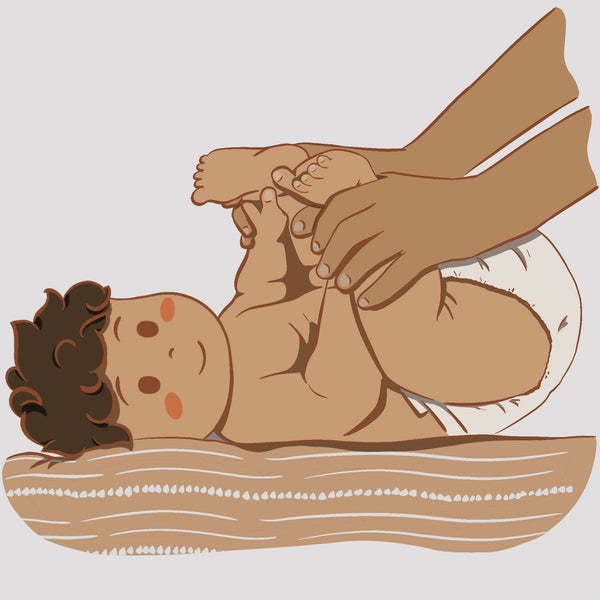
2. Skin-to-skin time:
Skin-to-skin time involves holding your baby close to your chest, with their bare skin against yours. To do it, simply take off your shirt and hold your baby against your chest, with a blanket draped over both of you for warmth. Skin-to-skin time can help your baby feel calm and secure, and it can also help regulate their body temperature and heart rate. This is also a great time to sneak in some tummy time. A lot of babies don't like being on their belly but cuddling with their mommy is a good trade.

3. Wrist or ankle rattle toys:
These are baby toys that can be attached to your baby's wrist or ankle and make a gentle rattling sound when they move. To use them, simply attach the toy to your baby's wrist or ankle and let them move around. These toys can help your baby start to develop their sense of hearing and vision. We love these for young infants 0-3 months because it is one of the few toys that your baby can actually play with at this stage.
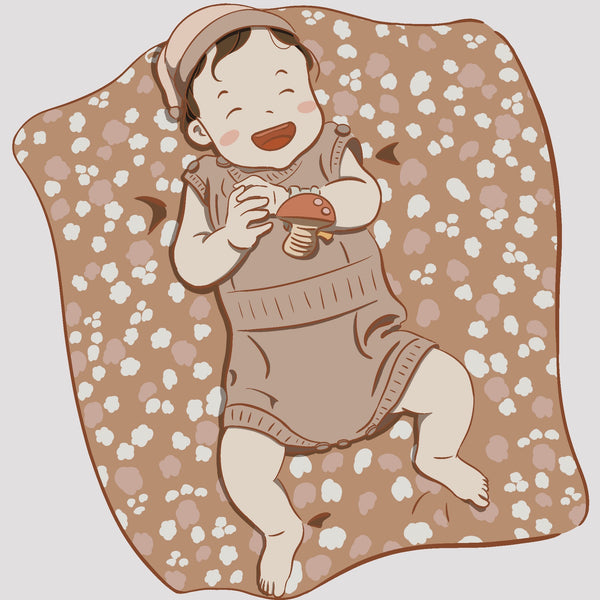
4. Mirror play (great for tummy time):
Mirror play involves placing a baby-safe mirror in front of your baby during tummy time. To do it, lay your baby on their tummy on a blanket or playmat and place the mirror in front of them. This activity can help your 0-3 month baby improve their focus and attention, and it can also help them start to develop their sense of self. You can repeat their name as they look at themselves. Get in on the reflection so your baby will recognize a familiar face as they gaze into the mirror.
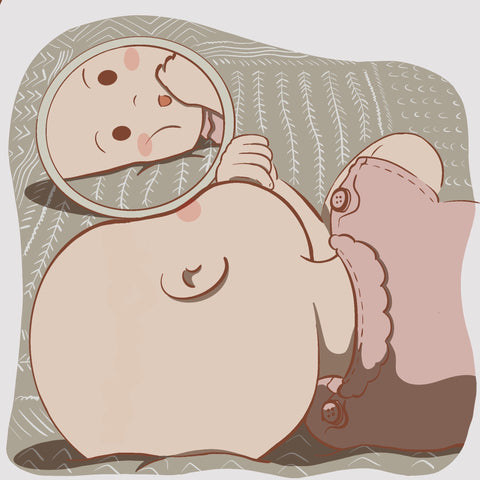
5. Balloon kicks (tie balloons to feet):
This activity involves tying balloons to your baby's feet and allowing them to kick and move around. To do it, blow up a few small balloons and tie them to your baby's feet, making sure the knots are secure but not too tight. This activity can help your baby develop their gross motor skills, coordination, and body awareness. It can be a fun and stimulating experience for them. Make sure to never leave your baby unsupervised with this activity as the baby can get tangled in the strings.
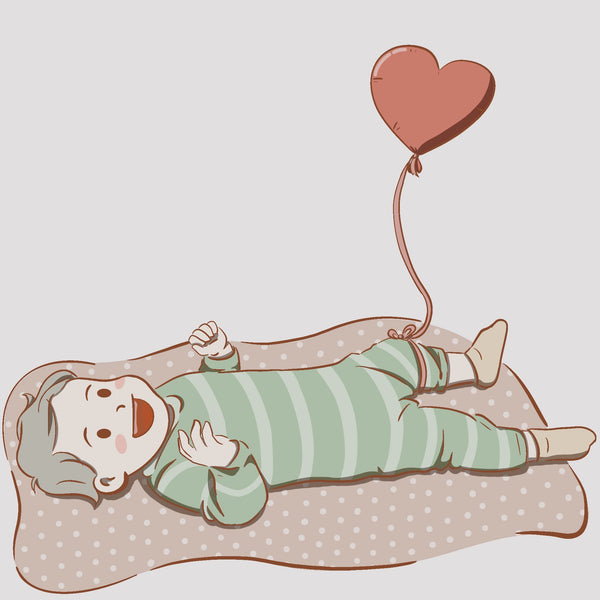
6. Explore the house:
This activity involves taking your baby around your home and showing them different rooms and objects. To do it, simply hold your baby in your arms or in a baby carrier and walk around your home, pointing out and talking about different objects. This activity can help your baby start to learn about their environment and improve their focus and attention. When your baby is older and nearing the 3 month mark, you can have the baby touch different textures around the house for a quick no prep sensory play activity. They should begin reaching for interesting items around the 3 month mark.
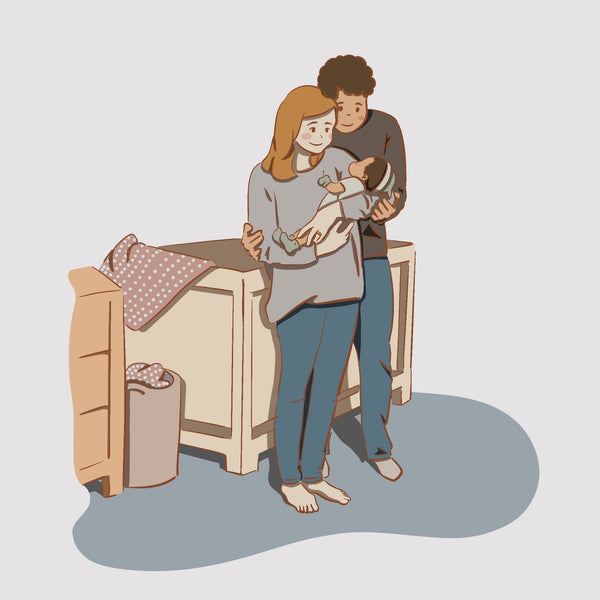
7. Slow dance:
This activity involves gently swaying and dancing with your baby in your arms to soft music. To do it, put on some soft music and hold your baby close, gently swaying and dancing together. This activity can help your baby feel calm and relaxed, and it can also help them to develop their sense of hearing. This is a great activity to do right before a babys nap time as it will relax and settle them.
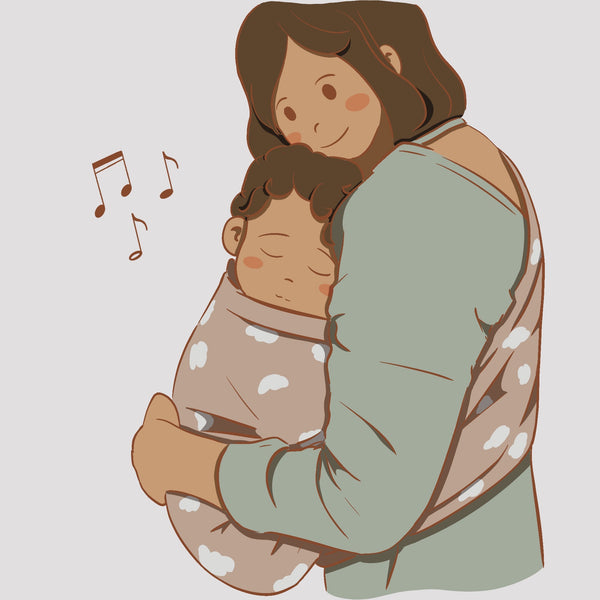
8. Listen to a nursery rhyme, music, or read a book:
This baby activity involves singing nursery rhymes, playing music, or reading a book for your baby to listen to. To do it, simply play a recording of nursery rhymes, music, or read a book aloud to your baby. This activity can help your baby start to develop their language skills and improve their focus and attention.
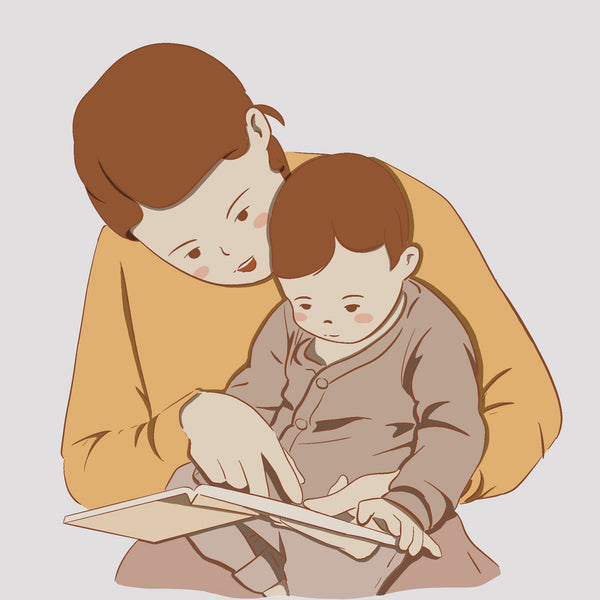
9. Show different facial expressions:
This activity involves making different facial expressions in front of your baby and allowing them to observe and respond. You will be surprised how mesmerized your little one will be with you. See how long you can keep your baby's attention with this activity. To do it, simply make a variety of facial expressions, such as a big smile, a silly face, or a concerned look, and watch your baby's response. This activity can help your baby start to understand and recognize different emotions, and it can also improve their focus and attention. This also gets them excited, moving their arms around in glee and start reaching towards your face. As they grow, they will appreciate the funny faces and hopefully you can get them to coo, then giggle and laugh!
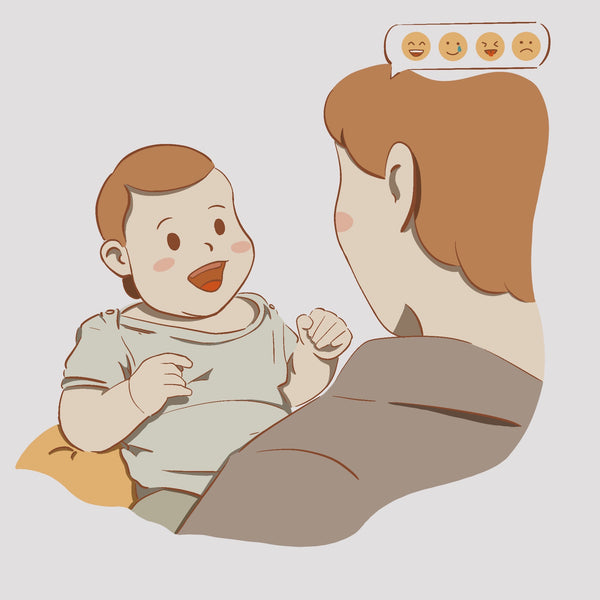
10. Walk outside with a stroller or baby carrier:
This activity involves taking your baby for a walk outside in a stroller or baby carrier. To do it, simply strap your baby into a stroller or baby carrier and take a walk around your neighborhood or a nearby park. This activity can help your baby experience the sights, sounds, and sensations of the outdoors, and it can also be a calming and relaxing experience for them. Walking can also help stimulate your baby's sense of hearing and vision, and it will aid your baby's brain development along with developing a healthy immune system.

It's important for parents and caregivers to be aware of the various developmental milestones that their little one might be working on during the 0-3 month mark. By understanding what milestones your infant may be reaching, you can better support and encourage their growth and development. Remember that all babies are different and it's always a good idea to talk to your baby's doctor or pediatrician about their specific needs if you have any concerns. We hope that our list of 10 activities that you can do with your baby has been helpful in giving you some ideas on how to play and interact with your little one during this exciting time.

FAQ's
How many activities should I do with my baby each day?
It's not necessary to have a set number of activities that you do with your baby each day. The important thing is to provide them with a variety of stimulating and engaging activities throughout the day. You can start by implementing the stretching after nap time and a walk every day. As you settle into this routine, you can start adding more activities.
Are there any activities that are not appropriate for babies who are 0-3 months old?
Babies at this age are not yet able to support themselves. They cannot sit up, crawl, or even hold their head upright just yet so activities that require these abilities are not appropriate. Also, it's important to avoid activities that could be harmful to your baby's developing body or senses, such as loud noises or bright lights.
What should I do if my baby seems uninterested in an activity?
It's important to remember that babies have their own preferences and interests. If your baby seems uninterested in an activity, try something else and come back to it later. It's also important to be patient with your baby as they explore and discover new things especially when they are newborn. If your baby's uninterest is concerning to you, make sure to ask your doctor about it, especially if they used to have interest and no longer do.
How can I tell if an activity is helping my baby develop?
It's important to pay attention to your baby's responses and reactions to different activities. Take note of what gets their attention and how long they are interested in what you are doing with them. If your baby's attention span increases, then your baby is making developmental improvements. You can also talk to your pediatrician or a child development expert for guidance on what activities are most beneficial for your baby's development.
How do I know if my baby is reaching milestones?
Milestones are general indicators of what a baby might be able to do at a certain age, but all babies develop at their own pace. Our article lists the most common ones so familiarize yourself with these so you can keep an eye out when your baby is working on reaching these milestones. Your pediatrician will be monitoring your baby's development and can tell you if your baby is reaching milestones.
When is a baby no longer considered a newborn?
A baby is called a newborn in the first few weeks, usually up to four weeks old. After that, they are called infants. So, once your little one reaches one month, they're no longer a newborn. Bittersweet!
When do babies start reaching for you?
Babies typically start reaching for objects, including you, at around 3 to 4 months of age. At this stage, they are developing better control of their arm and hand movements. Initially, it might be more of a random or reflexive reaching, but as their coordination improves, they become more intentional in reaching for things, including reaching out to be held or touch you.

